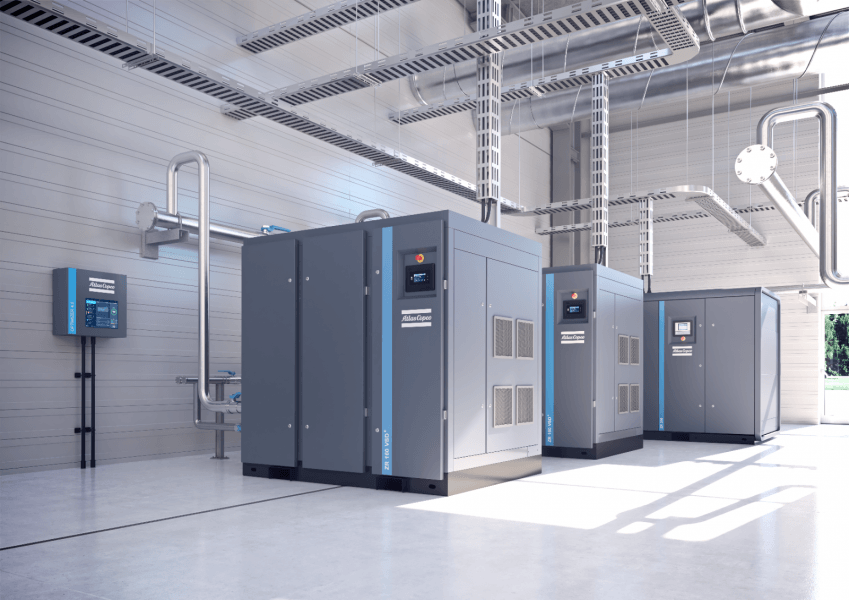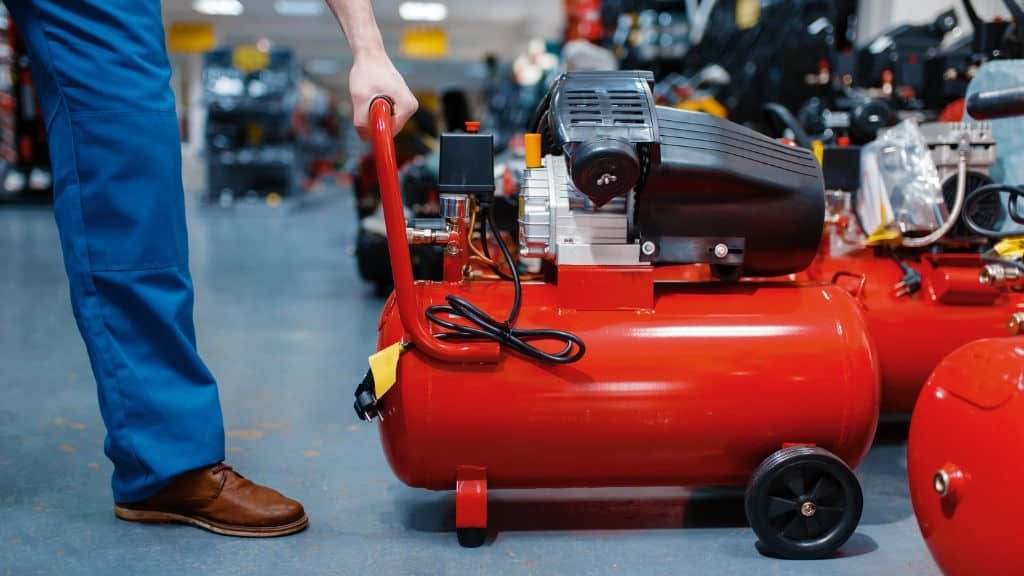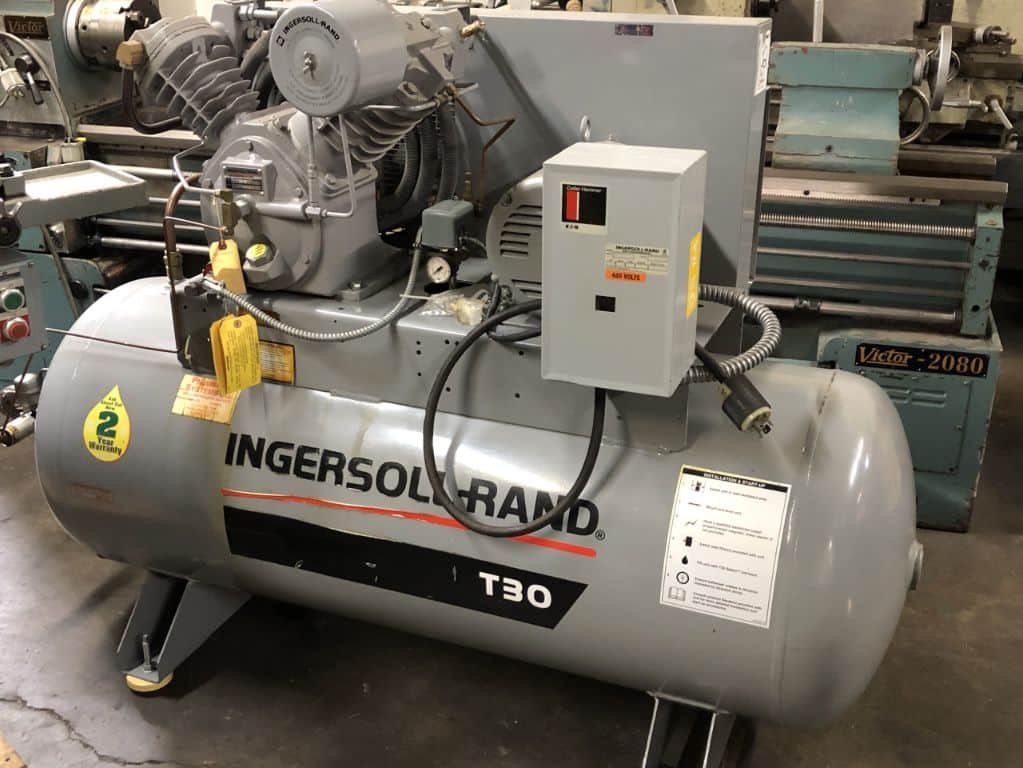We’ve all been there. You’re in the middle of a crucial task, and suddenly, your air compressor refuses to build pressure. It’s a situation that can send a wave of anxiety through any business. But don’t fret! Before you rush to call a professional or consider replacing your compressor, we have some troubleshooting steps you can take.
Failing Intake Valves
The first thing we need to look at is the intake valves. If an intake valve has failed, your air compressor might only be drawing air in during one cycle. This means that any air taken in is blown right back out, instead of into the air tank.
How to diagnose this?
You can remove the intake valve and feel for air moving in and out while the compressor is running. Be careful though, the pump may be hot. If air is blowing back out of the opening, the problem might be a defective reed or flapper valve. This will require a trip to a compressor repair shop to deconstruct the tool and more accurately identify the issue.
Defective Piston Seal
Next up, let’s talk about piston seals. Air compressors are built with filters that prevent dust and debris from clogging airways. These filters restrict particles from getting into the compressor tank and prevent excess oil from flowing into cylinders. When these fail, your pistons can become blocked.
What to do if you suspect this?
It’s worth the effort to check both piston seals and rings to see if they’ve become worn down or damaged. Such issues can be identified by checking for air or oil coming out of the fill tube. If that’s something you find, the air compressor piping and fittings need to be replaced as the seal is no longer firmly attached.
Compromised Tank Check Valve
The check valve is the component responsible for restricting compressed air from flowing back into the pump. If this fails, the discharge head may receive too much air pressure and prevent the motor from running.
How to identify this issue?
Leaks from the unloader will be the root issue. A good way to check for this is to see whether your unloader valve makes a hiss when the compressor reaches its cut-out pressure. If it’s leaking, your compressor can’t build air pressure and you should replace the valve immediately to prevent further damage to the system.
Conclusion
So, there you have it! A comprehensive guide on what to do when your air compressor won’t build pressure. Remember, it’s always best to diagnose the problem before jumping to conclusions. With these tips, you’ll be well on your way to getting your air compressor back in working order.
FAQs
- What could be the issue if my air compressor is not building pressure?
- The issue could be due to failing intake valves, defective piston seals, or a compromised tank check valve.
- How can I diagnose a failing intake valve?
- You can diagnose a failing intake valve by removing it and feeling for air moving in and out while the compressor is running.
- What should I do if the piston seals are defective?
- If the piston seals are defective, you should check for air or oil coming out of the fill tube. If you find this, the air compressor piping and fittings need to be replaced.
- How can I identify a compromised tank check valve?
- You can identify a compromised tank check valve by checking if your unloader valve makes a hiss when the compressor reaches its cut-out pressure.
- What should I do if my air compressor still won’t build pressure after troubleshooting?
- If your air compressorstill won’t build pressure after troubleshooting, it’s best to consult with a professional or consider replacing your compressor.




